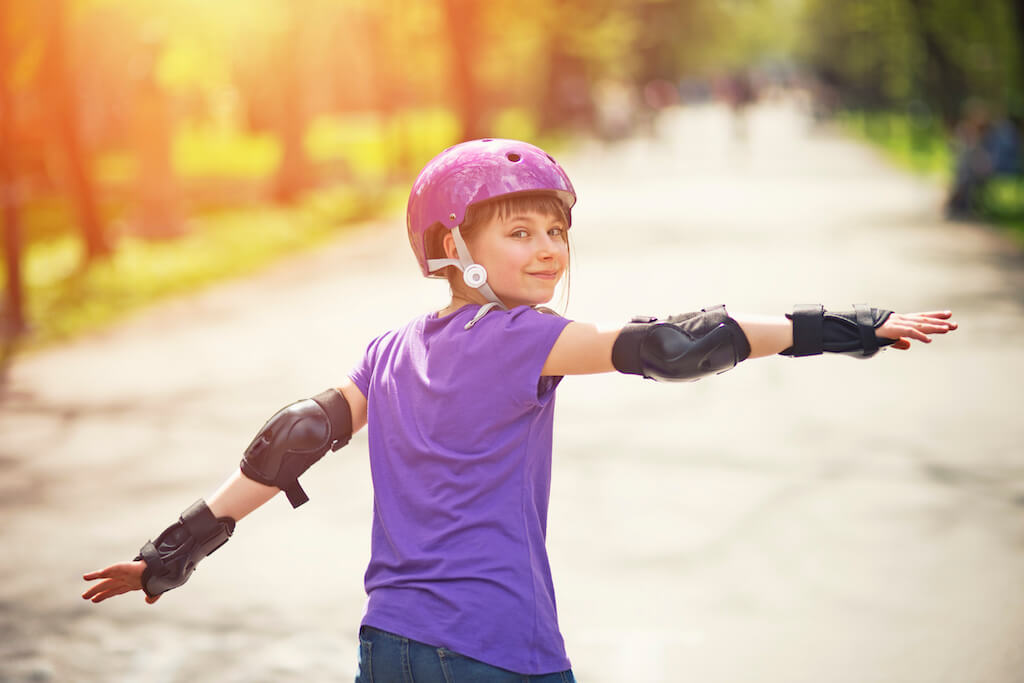Lesson Plans by Grade Level
Staying safe while skateboarding and in-line skating

Resources
- Summer sports and recreation. Parachute.

Skateboarding and in-line skating or rollerblading are fun ways to be active and get around your community. However, just like with any other mode of transportation, we should be careful and use them safely, no matter how old we are.
Read on for lesson plans, safety tips and an equipment list so that your students can safely enjoy these two exciting sports.
